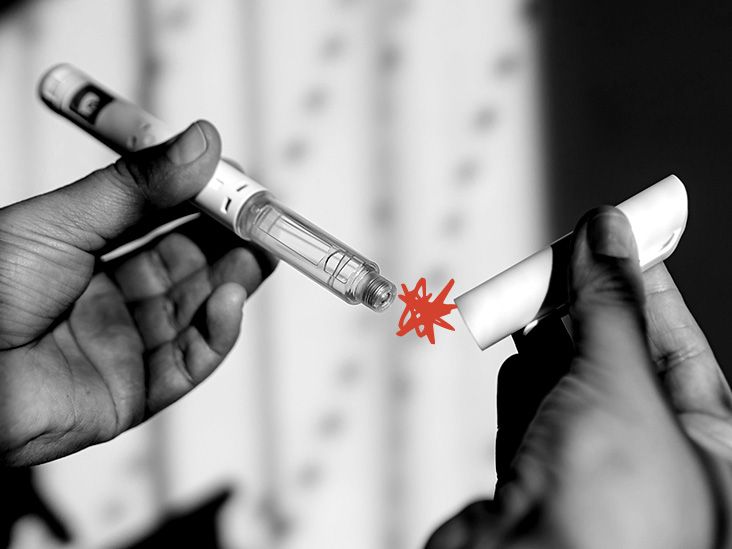A septal infarct is an area of dead tissue in the septum of the heart, which is a wall of tissue dividing the two sides of the heart. It happens when there is a blockage or reduction in its blood supply, usually following a heart attack.
An infarct, or infarction, is injured or destroyed tissue in the septum of the heart.
A septal infarct usually happens when there is a blockage or reduction in the blood supply to that area, most often due to a heart attack.
This article explains septal infarct and looks at some of the possible causes, symptoms, and outlook.

Septal infarction is when blood supply to the septum of the heart, the muscular wall that divides the left and right sides of the heart, becomes blocked, typically due to myocardial infarction.
Myocardial infarction is the medical term for a heart attack. Septal infarct refers to the resulting area of dead tissue.
For many people, the only signs of possible septal infarct are the heart attack symptoms that caused it.
Common heart attack symptoms include:
- chest pain or pressure
- irregular heartbeat
- fatigue
- shortness of breath
- feeling lightheaded or dizzy
- sweating and feeling clammy
- nausea and vomiting
- anxiety similar to a panic attack
- pain that spreads to the arms, neck, jaw, or back
Heart attack symptoms can vary widely from person to person, and they may not always include the classic crushing chest pain.
The intensity of symptoms can also range from mild discomfort to severe pain. Recognizing these variations is crucial for early detection and timely medical intervention.
Doctors may diagnose septal infarct after they perform an electrocardiogram (ECG or EKG).
An ECG uses electrodes to measure the heart’s electrical activity, which can help healthcare professionals spot cardiac abnormalities such as heart damage. An ECG is a common test following a heart attack and can detect damage to the heart.
Learn about abnormal ECG results.
Each side of the heart has a primary coronary artery that supplies blood to the cardiac muscle. A reduced blood flow or a blockage in one of those arteries can lead to a heart attack. If the blockage affects blood supply to the septum, it may result in a septal infarct.
Heart attack is the usual cause of septal infarction, and coronary artery disease is the most
Some risk factors for heart disease are unavoidable, including age and family history.
Other risk factors, which may be controllable to some extent,
- high blood pressure
- unhealthy cholesterol levels
- diabetes
- obesity
- lack of physical activity
- smoking and other nicotine use
- excessive alcohol intake
- diet high in saturated fats, trans fats, cholesterol, and sodium
It is
Treatment for septal infarct
- quitting smoking
- regularly exercising
- maintaining a healthy weight
- maintaining a healthy waist-to-hip ratio
- eating more fruits and vegetables
- reducing sodium and saturated fats
- limiting alcohol and caffeine
- managing stress and depression
Some cases may require percutaneous coronary intervention or a stent placement to open blocked coronary arteries and restore blood flow to the damaged septal area.
Read about ways to improve heart health.
The outlook for septal infarct depends on various
Ideally, any medications and lifestyle modifications a person’s doctor prescribes after a heart attack will help lower the risk of cardiovascular disease and another heart attack.
However, in
Septal infarct is localized heart tissue damage within the septum of the heart, the heart’s dividing muscular wall. It is often due to reduced blood flow following a heart attack and causes symptoms such as chest pain, shortness of breath, and fatigue.
Diagnosis involves tests such as an ECG, and timely treatment aims to restore blood flow and enhance heart function.
People with a septal infarct can make lifestyle modifications, such as being physically active, managing stress, and avoiding saturated fats.


